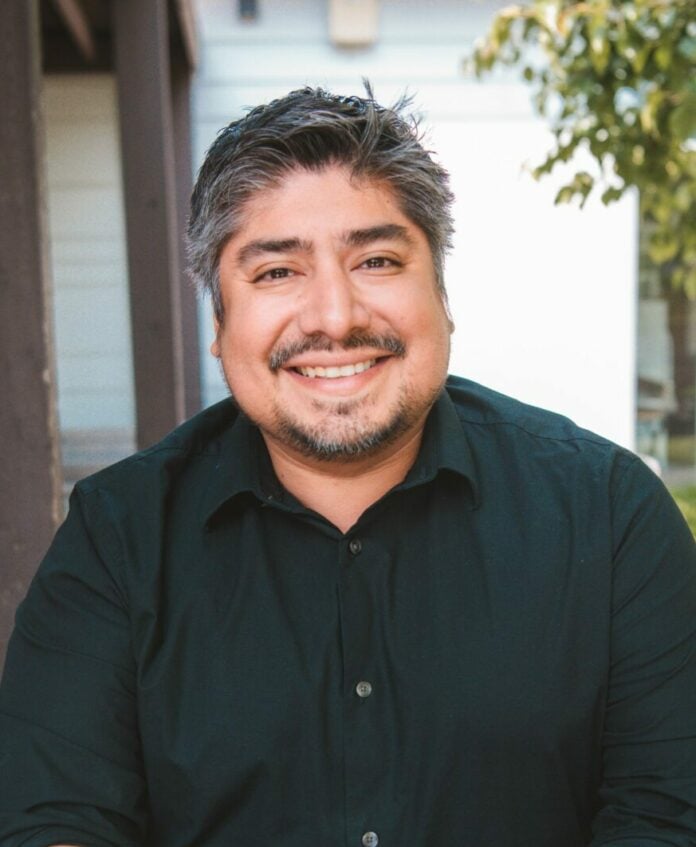On June 10, Indianapolis city officials announced an $8.1 million plan to eliminate street homelessness.
Phase One of the Streets to Home Initiative will begin by housing 350 unsheltered individuals and ultimately aims to decommission homeless encampments and connect 2,500 people with housing.
It’s a bold approach that deserves acknowledgement. But if we’re serious about ending chronic homelessness, we must be honest: this initiative focuses almost entirely on downstream solutions. It may clear camps, but it won’t stop new ones from forming.
Chronic homelessness doesn’t begin on the street; it begins years earlier. And by the time someone is living unsheltered, the systems that could have helped them have already failed.
If the city wants to break the cycle of homelessness, it must start upstream with youth and young adults.
We see this reality every day. On the very day she turned 18, a young woman in our high school program was told she had to move out of her parents’ house. Her parents told her she was now an adult and they no longer had to take care of her. She left that day to attend her graduation event. When she returned, all her belongings were out on the front lawn.
This is how youth homelessness begins. It’s not always drugs, crime, or some personal failure. Often, it’s a birthday, a conflict, or a system that doesn’t intervene until it’s too late.
Research confirms this. Many chronically homeless adults first experienced homelessness as young people. In Seattle, 43% of the unsheltered population first became homeless as minors or young adults. Here in Indianapolis, an estimated 8,100 youth and young adults (ages 14 to 24) experience homelessness each year.
This is the pipeline. And if we don’t intervene early, today’s unhoused youth will become tomorrow’s chronically homeless adults.
This isn’t about choosing between adults and young people. It’s about building a system that works long-term. Right now, we’re spending millions on housing people who were left behind by previous generations of policy. Let’s not make the same mistake again.
Programs that identify and stabilize young people when they first lose housing have been shown to reduce long-term homelessness. These include identifying students experiencing housing instability, family reunification services, low-barrier shelter options tailored for youth, and permanent supportive housing designed specifically for young adults.
If even a third of the Streets to Home budget were devoted to these kinds of early interventions, we could permanently shrink the pipeline of chronic homelessness.
We should applaud the city’s commitment to housing those already unsheltered. But we must also push for smarter, longer-term solutions. Ending street homelessness doesn’t start with a camp. It starts with a couch a teenager can no longer sleep on, or a home they’ve been told they’ve outgrown.
If we want to end street homelessness for good, we must stop it at its source.
Let’s invest in the lives of unstably housed young people before they become the next face in an encampment.
Andrew Neal is CEO of Outreach, Inc., an Indianapolis nonprofit serving youth and young adults experiencing homelessness.




